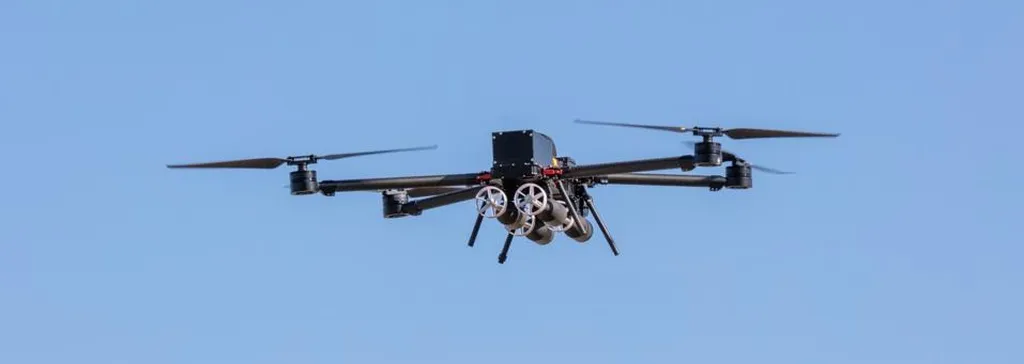In the vast, sun-drenched fields of modern agriculture, a quiet revolution is taking flight. Unmanned aerial vehicles (UAVs), particularly multirotor systems, are becoming the eyes in the sky for farmers and agribusinesses, transforming the way we approach precision agriculture (PA). This isn’t just about drones buzzing over fields; it’s about a sophisticated integration of technology that’s reshaping the agricultural landscape, with significant implications for the energy sector as well.
At the heart of this transformation is a comprehensive review published in ‘Discover Mechanical Engineering’ (Mechanical Engineering Discoveries), led by Sanket S. Unde from Bharati Vidyapeeth (Deemed to be University) College of Engineering. The study delves into the classification, applications, and advantages of multirotor UAVs in precision agriculture, offering a glimpse into the future of farming.
Multirotor UAVs, equipped with advanced sensors and cutting-edge artificial intelligence (AI) and machine learning techniques, are enabling real-time, high-resolution data collection. This data is invaluable for crop monitoring, disease detection, and resource management. “The integration of AI with UAVs allows for predictive analytics, helping farmers make informed decisions about irrigation, fertilization, and pest control,” explains Unde. This level of precision not only boosts crop yields but also promotes sustainable agricultural practices.
The economic potential of these technologies is substantial. By optimizing resource use and improving crop health, multirotor UAVs can significantly reduce operational costs and increase profitability. For the energy sector, this translates into opportunities for developing and integrating renewable energy solutions, such as solar-powered UAVs, and creating new markets for energy-efficient agricultural technologies.
However, the path to widespread adoption is not without challenges. Limited flight duration, payload constraints, regulatory issues, and data processing complexities are hurdles that need to be overcome. Yet, emerging advancements like improved battery technology, Internet of Things (IoT) integration, and UAV swarm operations are showing promise in addressing these limitations.
The study by Unde and his team offers insights that could guide future research and support sustainable agricultural practices, particularly in developing regions. As the technology evolves, we can expect to see more sophisticated UAV systems that are capable of autonomous decision-making and real-time data processing. This could revolutionize the way we approach agriculture, making it more efficient, sustainable, and resilient.
In the words of Unde, “The future of precision agriculture lies in the seamless integration of advanced technologies like AI, IoT, and UAVs. This will not only enhance agricultural productivity but also contribute to global food security and sustainability.”
As we stand on the brink of this technological revolution, one thing is clear: the skies above our fields are no longer just for the birds. They are the new frontier of agriculture, and the possibilities are as vast as the horizon.

